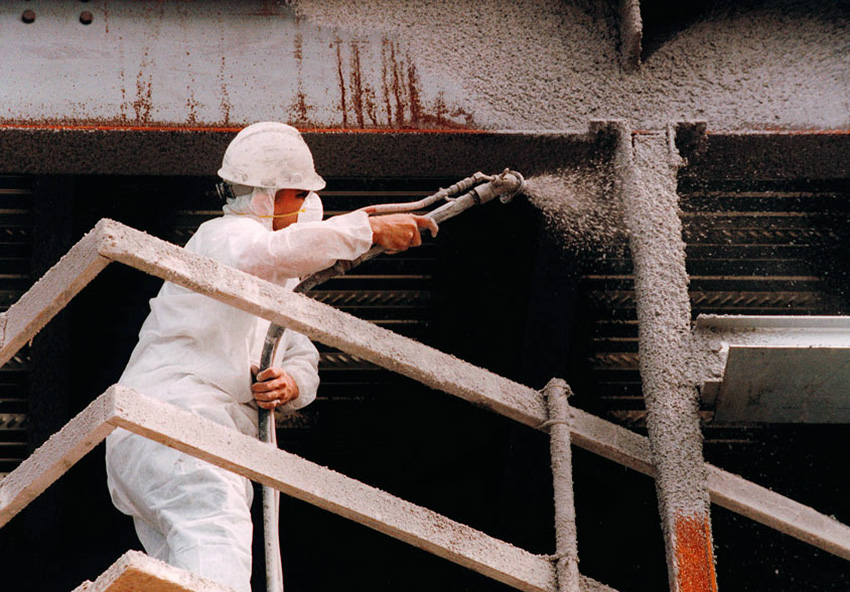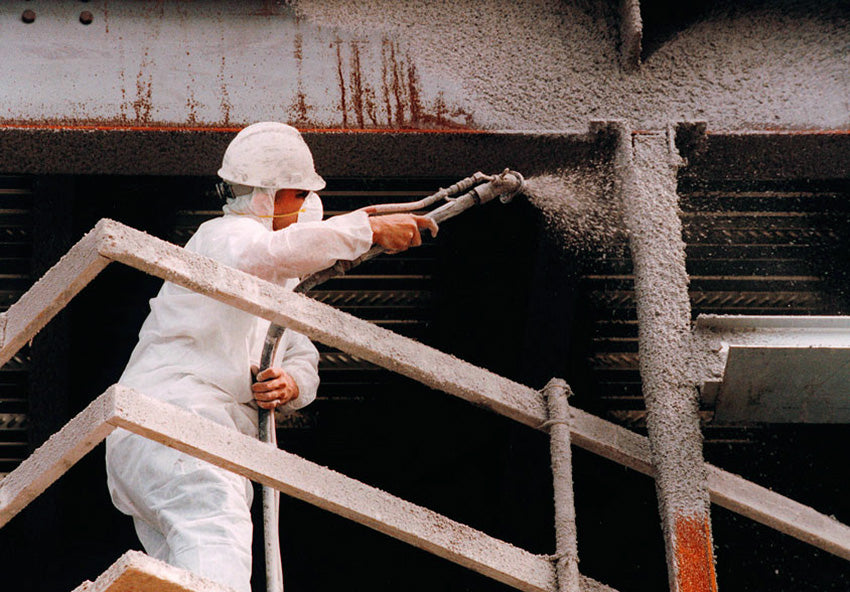In an increasingly unpredictable world, the importance of fire safety cannot be underestimated. Fires can cause devastating loss of property and lives. To mitigate these risks, fireproof coatings have emerged as a critical innovation. In this article we explore the world of fireproof coatings, their benefits, applications and how they can provide an additional layer of security to protect your property.
What are fireproof coatings?
Fire resistant coatings, also known as intumescent coatings, are special substances applied to surfaces to protect them from the damaging effects of fire.
At high temperatures, these coatings expand and form a protective insulating layer that prevents the underlying material from catching fire.
How do fireproof coatings work?
The science behind fireproof coatings is fascinating. They are generally made from fireproof materials such as graphite, epoxies and other proprietary compounds.
When exposed to extreme heat, a chemical transformation occurs in these coatings, resulting in the formation of a thick, insulating layer of carbon.
This charred layer acts as a barrier, reducing heat transfer and preventing the spread of flames.
Advantages of using fireproof coatings
- Better fire protection
The main advantage of fireproof coatings is that they can significantly increase fire safety.
By slowing the spread of flames and reducing heat intensity, they give occupants valuable time to safely evacuate and firefighters to control the fire.
- Protecting structural integrity
Fireproof coatings not only protect lives but also ensure the structural integrity of buildings.
They prevent the weakening and collapse of steel structures in the event of a fire, thus reducing the risk of serious damage.
- Compliance with building regulations
Many building codes and regulations require the use of fire-resistant coatings in certain environments, such as commercial and industrial buildings.
The use of these coatings guarantees compliance with safety standards and legal requirements.


Image source: Internet
Types of fireproof coatings
Fireproof coatings are materials applied to surfaces to make them more resistant to fire and heat. They can be divided into different types depending on their composition and purpose.
Some common types of fireproof coatings:
- Intumescent coatings
Intumescent coatings are the most popular type of fireproof coatings.
At high temperatures, they expand and form a charred insulating layer that protects the underlying surface from heat and flames.
These coatings are often used on structural steel in buildings.
- Cementitious coatings
Cementitious fireproof coatings are made from cement, aggregates and other additives.
They are often applied to concrete and masonry surfaces to increase their fire resistance.
These coatings are resistant to high temperatures and are often used for tunnel lining and fire protection of structural elements.
- Vermiculite coatings
Vermiculite-based fireproof coatings contain vermiculite, a natural mineral that expands when heated.
This expansion creates an insulating barrier that protects surfaces from fire and heat. Vermiculite coatings are commonly used in industrial and commercial applications.
- Plaster coatings
Gypsum-based fire protection coatings are made from gypsum and other additives.
They are often used to protect interior surfaces such as walls and ceilings.
These coatings provide fire resistance over a period of time and are often used in construction.
- Fireproof colors
Fire-resistant paints contain fire-retardant chemicals that can slow the spread of flames on surfaces.
Although they may not offer the same fire resistance as fire retardant coatings, they are often used in residential and commercial spaces for aesthetic reasons.
- Fireproof sprays
Fire protection sprays are often used for small area fire protection or repair work.
They are easy to apply and can be used on a variety of surfaces, including wood, metal and fabric. These sprays create a fireproof barrier when dry.
- Heat reflective coatings
Heat reflective coatings are designed to reflect heat away from surfaces, reducing the risk of fires and heat damage.
They are often used on roofs and other exterior surfaces to keep buildings cool and reduce the risk of ignition from external heat sources.
- Fireproof insulating coatings
These coatings combine fire resistance with insulating properties and therefore provide thermal protection in addition to fire protection.
They are commonly used in industrial and commercial environments where both insulation and fire resistance are required.
- Silicone coatings
Silicone-based fireproof coatings are known for their durability and resistance to high temperatures.
They are often used in applications where extreme thermal stress is an issue, such as in the aerospace or automotive industries.
The choice of fire-retardant coating depends on the specific requirements of the application, the type of substrate to be protected and the required duration of fire resistance. When selecting and applying fire-resistant coatings, it is important to follow manufacturer guidelines and industry standards to ensure they are effective in preventing fire damage.
Choosing the right fireproof coating
- Consider the type of surface
Choosing the appropriate fireproof coating depends on the surface you want to protect. There are different coatings for steel, wood, concrete and other materials. Pay attention to compatibility for best results.
- Assess fire resistance classes
Each fire retardant coating has a Fire Resistance Class. This rating indicates how long the coating can resist exposure to fire.
Be sure to choose a coating that meets your security needs.
- Professional installation
For best results, you should always apply professionally applied fireproof coatings. Trained technicians ensure coatings are applied correctly and meet safety standards.
Fireproof coatings play a critical role in protecting lives and property. Their ability to slow the spread of fire and protect structural integrity makes them an essential part of modern construction.
By choosing the right fire protection coating and having it professionally installed, you can significantly improve fire protection in commercial and residential environments.
FAQs (frequently asked questions)
Is a fireproof coating required by law for all buildings?
No, the need for a fireproof coating depends on local building codes and regulations. It is important that you check with your local authorities and follow their guidance.
Can fireproof coatings be applied to existing structures?
Yes, a fireproof coating can also be retrofitted to existing buildings. However, to ensure proper installation, it is essential to contact a professional.
Does fireproof cladding require maintenance?
Fireproof coatings require little maintenance, but should be checked regularly to ensure they remain effective. Damaged or worn coatings must be repaired or replaced immediately.
Are there environmentally friendly options for fireproof coatings?
Yes, some manufacturers offer eco-friendly, fire-resistant coatings that have minimal impact on the environment. These coatings are a responsible choice for builders concerned about sustainability.
How do I find professionals certified to install fireproof coatings?
To find certified professionals, you can contact reputable contractors or search online directories of companies that specialize in fireproof coatings.

